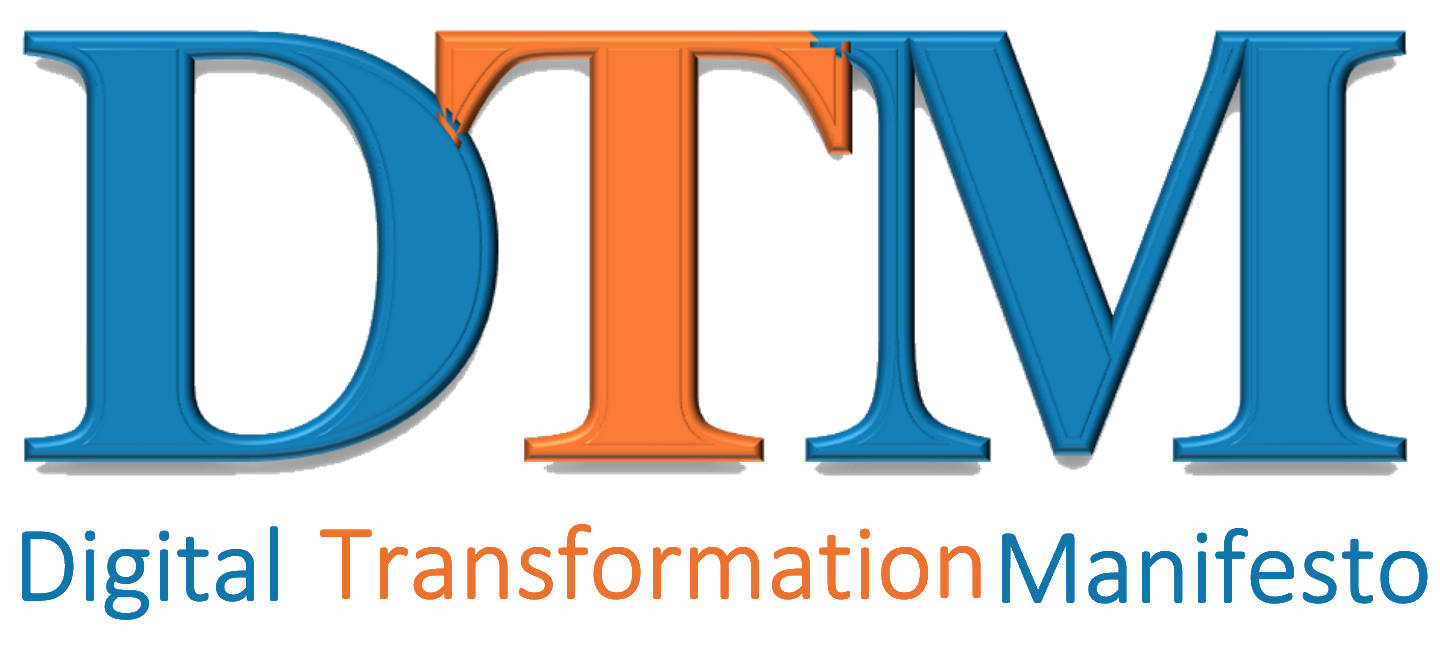This is the fifth of 8 articles describing the tenets of the Digital Transformation Manifesto. Customer and Stakeholder Experience is the fourth tenet.
The fifth tenet of the Digital Transformation Manifesto is, “Our decisions are driven by data.” A well-known American politician, Daniel Patrick Moynihan, is noted for saying, “Everyone is entitled to his own opinion, but not his own facts.” Facts have always been a critical element in decision making within businesses and organizations. Facts are derived from data streams within the organization. But facts are often elusive. In many cases, when the facts became available, they were already obsolete or irrelevant due to other more recent factors.
One of the challenges is that facts are based upon data and reliable data has traditionally been difficult and expensive to acquire. Data collection methods had to be created and validated, before reliable data could be collected. The data collection process was often expensive and time consuming. If the data was collected or recorded using manual methods, the data acquisition was constrained by the availability of qualified data collectors. And once the data was collected, it needed to be analyzed to identify the facts and insights in the data. This was occurring while separating out the noise and clutter that often was found in the data. All of this took time, money, and expertise.
As a result, most organizations relied more on the judgement, wisdom, and “gut feel” of those who were experienced. These experienced members of the organization could quickly grasp a situation and make a decision. Many times their decisions were correct, especially if the current situation was closely similar to a previous experience. But in times of uncertainty or change, the “gut feel” can be wrong.
Recall that we have noted that in the era of digital transformation, there are continuous changes occurring in business and society. “Gut feel” cannot be trusted because this is brand new territory. Fortunately, a benefit of adopting digital systems and processes is that they normally are able to collect lots of real-time data. Plus, the advances in business analytics that have accompanied the digital transformation make it easy to analyze the data in real-time and identify critical facts.
Data is empowering. Digitally transformed organizations capture customer data, environmental data, and process data to understand what is happening in their ecosystem. Digital tools such as Internet of Things (IoT), Natural Language Processing (NLP), Artificial Intelligence (AI) and Big Data have enabled any organization to collect and analyze virtually any type of data in real-time. This data can then be made available to employees and associates at the front line of customer interface and process operation. This empowers them to make the best business decision without needing to refer everything to managers and supervisors.
Data is used to make real-time operational decisions, and data is used to make strategic decisions, even if the expert’s gut says differently. Netflix initial success was built upon the easy customer experience associated with renting DVDs. However, when data showed that customers were starting to use live-streaming apps, they shifted their entire business model, discarding the very profitable DVDs and focusing solely on streaming entertainment. That shift, based upon data not gut feel, allowed Netflix to dominate the entertainment streaming market.
Building the fabric of an organization to collect, analyze, and then rely on data for decision-making is a core principle of digital transformation. That is why we have included data driven decision-making as a tenet of the Digital Transformation Manifesto. However, it is only one of eight fundamental tenets. This tenet is a driving force in the design and management of products, services and business processes.
In my next article, we will be exploring Reimaging Strategy and Practices.![]()
Tag/s:Business TransformationDigital EnterpriseDigital EraManifestoOrganizational Change






Trackbacks/Pingbacks